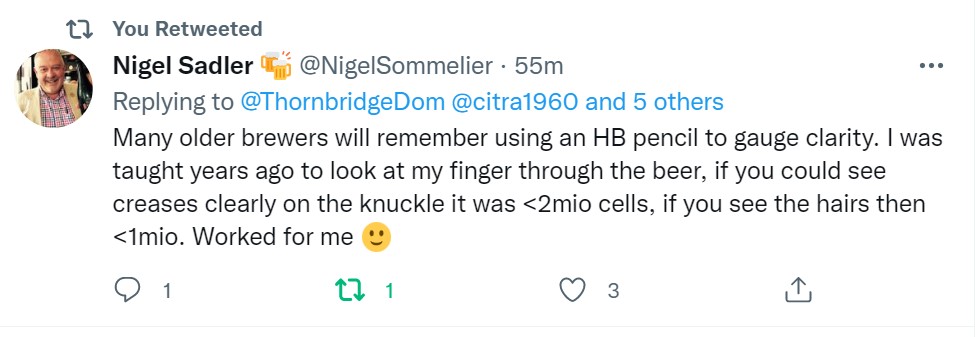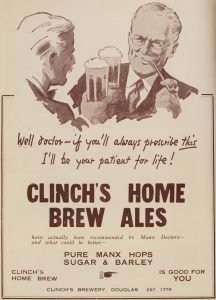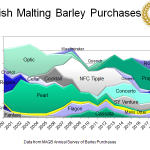What to do on summer holiday? Now that it is July, I really have to figure out what the second half of August could promise. Not  just chores, right? Chores ought to be done by then, done well before the snow shovels and garden hose swap places again. Martyn’s eternal holiday got me thinking about this… again… this week with his post about the pub in Greve de Lecq, Jersey that is apparently separated from all public transportation access other than by foot. It’s like a pub in some unpublished work on Winnie the Pooh – if and when they all grow up, get jobs (and trousers, if we were into finger pointery) and drink a lot of beer. Look at that path to the village pub! While there are many attractions of the pub ticking life that do not do that much for me, this has me thinking about getting some of that woven into my upcoming weeks off. Toddling down earthy paths to bechy pubs. Too much to ask?
just chores, right? Chores ought to be done by then, done well before the snow shovels and garden hose swap places again. Martyn’s eternal holiday got me thinking about this… again… this week with his post about the pub in Greve de Lecq, Jersey that is apparently separated from all public transportation access other than by foot. It’s like a pub in some unpublished work on Winnie the Pooh – if and when they all grow up, get jobs (and trousers, if we were into finger pointery) and drink a lot of beer. Look at that path to the village pub! While there are many attractions of the pub ticking life that do not do that much for me, this has me thinking about getting some of that woven into my upcoming weeks off. Toddling down earthy paths to bechy pubs. Too much to ask?
What else is going on out there? Are we at the dog days yet?* Certainly not – at least at one archeological dig to which news of which Merryn happily guided me, excavations in a place called Chalkpit Field where maltings from the Dark Ages are being uncovered:
Much of the work undertaken involved cleaning the main malting house features identified from previous years but with special attention paid to the most recently revealed features at the northern and southern ends of the trench. A the northernmost end of the trench, two kiln-like features appear to represent further malting houses, with a considerable quantity of collapsed daub still in situ.
Nosing around the internets as one does I learned that this dig is part of a project investigating “the entire range of human settlement and land use in the north-west Norfolk parish of Sedgeford” and that the maltings date to the triple digit centuries. Fabulous.
Still with the British stuff, there was a good, summarizing (if ultimately despairing) article in The Guardian about the state of pressures on the British pub:
The total number of pubs dropped below 40,000 during the first half of 2022, a fall of more than 7,000 compared with a decade ago… The hospitality sector has faced immense challenges in recent years as it recovered from the pandemic, which resulted in national lockdowns that caused closures and reduced demand. However, the researchers suggest that while pubs managed to battle through Covid-19, they are facing a fresh challenge because of record-high inflation and an energy crisis.
Also in TG, Singapore Slung? Beer made from purified sewage.
Pellicle ran a tribute to an old friend, an old neglected pal… and old pal perhaps we all take for granted… a pal that may not even be there anymore – Newkie Broon:
“It doesn’t make it the same, and it’s a shame,” Mark tells me. “But that’s how things move on.” The beer has now become a joke back home, a travesty. A victim of its own success that has been transformed beyond recognition—proving that you can’t teach an old dog new tricks. But despite the bitter taste left by losing a legend in the North East, with bottles gathering dust on the shelves of Newcastle offies, the hardy heritage of my hometown lives on through determined, independent breweries sparking a resurgence in brown ale.
I like this near 40 year old clip and the message about what are reasonable sources of influence.
Moving west across the Atlantic, I encountered what was essentially a demand from Stan: “If it were Monday & I was recapping the previous week via beer links this one would be at the top“! Heavens. Good thing it is an interesting read. One Roger Baylor on the question of chatting over beer in America as a person who is outside US alignment, politically speaking, and how it offers hope in these pretty hard times:
I’m free to remain a leftist as it pertains to larger issues, and to vote accordingly, while also judging local grassroots political affairs by criteria unique to the immediate acreage lying just outside my front door. Stated another way, it’s possible for me to have a beer with David Duggins, a Democrat and New Albany’s public housing director, and talk about pressing issues of church-state separation and Supreme Court overreach. I did so last Saturday. It’s also possible for me to have a beer with Indiana’s U.S. Senator Todd Young, a Republican, and talk about federal regulatory issues affecting small businesses, American foreign policy, and other topics that have always been of interest to me.
And so much further west it is east again, I have heard of this sensible use of excess local crops like the neighbours of MacKinnon and their strawberry wheat of a few years back so it is good to see the trend-worthy idea elsewhere, this time in Japan:
Last summer, Ayumi Kato, a 32-year-old member of the town’s community revitalization team, planned the project to support farmers and others amid the pandemic by utilizing nonstandard agricultural produce that would have been discarded. After discussions with other women who are local farmers, Kato decided to create two types of beer: one using Amao strawberries and one using local corn. About ¥850,000 was raised for the project from all over Japan through a crowdfunding campaign. After being offered from the Kirin factory the malt produced in the town, the project members asked a craft beer brewery in Anan, Tokushima Prefecture, to produce the beers for Tachiarai.
Beth Demmon has published yet another in her series on interesting people in the good drinks world, this time Colette Goulding who makes cider in London with Hawkes. This is an excellent observation that came out of their conversations:
The future of cider, both in the U.K. and across the world, lies in the hands of people like Colette. But speaking up in a room full of mostly older men (who often come from more rural areas and espouse old-school ideas) isn’t always easy, especially as a relatively younger nonbinary person who has been in the industry for two years. Discussing diversity as an integral part of cider itself can be a challenge, they say, but one they’re up for.
It has yet to get stinking hot enough here to make the tomato leap in their cages but if it does some day soon, there is only one thing for it – hefeweisen. Nothing breaks the back of a mid-morning scorcher filled with when seven minutes of weeding and thinking about maybe weeding than a few litres of Teutonic clovey wheaty stuff followed by a good nap. And apparently, as Boak and Bailey found out, it is a good year for it – even if not everyone knows it:
BBF’s version, available in 440ml cans, actually pours stubbornly clear, or at least only faintly hazy. It has vanilla in the aroma and, of course, a bunch of banana. At 5%, it’s not as strong as the Schneider original – or, indeed, as most standard German wheat beers. We liked it so much we bought a box of 12 to drink at home. Perhaps others don’t share our enthusiasm, though, because it was discounted to £25.60 – about £2 per tin. At present, they don’t have any in stock.
More about wheat here which, characteristically for US beer writing, misses the entire two centuries of its own wheat beer brewing history.
Finally, a helpful bit of health advice in you are finding too much is causing too much.
There. You have been informed. A bit. For more, check out the updates from Boak and Bailey mostly every Saturday but not from Stan every Monday as he is on his summer holiday. Check out the weekly Beer Ladies Podcast, and at the weekly OCBG Podcast on Tuesday (Ed.: Robin got a job!!!) and sometimes on a Friday posts at The Fizz as well. There is a monthly sort of round up at The Glass. (Ed.: that seems to be dead now.) There is more from DaftAboutCraft‘s podcast, too. And the Beervana podcast. And sign up for Katie’s (Ed.: now very) irregular newsletter, The Gulp, too. And check out the Atlantic Canada Beer Blog‘s weekly roundup. Plus follow the venerable Full Pint podcast. And Fermentation Radio with Emma Inch. The AfroBeerChick podcast as well! And also look at Brewsround and Cabin Fever. And Ben has his own podcast, Beer and Badword (Ed.: …notice of revival of which has been given… still not on the radio dial…) And remember BeerEdge, too, and The Moon Under Water. There has also been the Beer O’clock Show but that’s now winding up after ten years.
*Could be as there is plenty of writing not about beer under the umbrella of beer writing. Keep keeping it dull, semi-pros! As a policy point during the times of good beer’s gentle decline, it’s important to remember that beer has reasonably obvious boundaries.






















